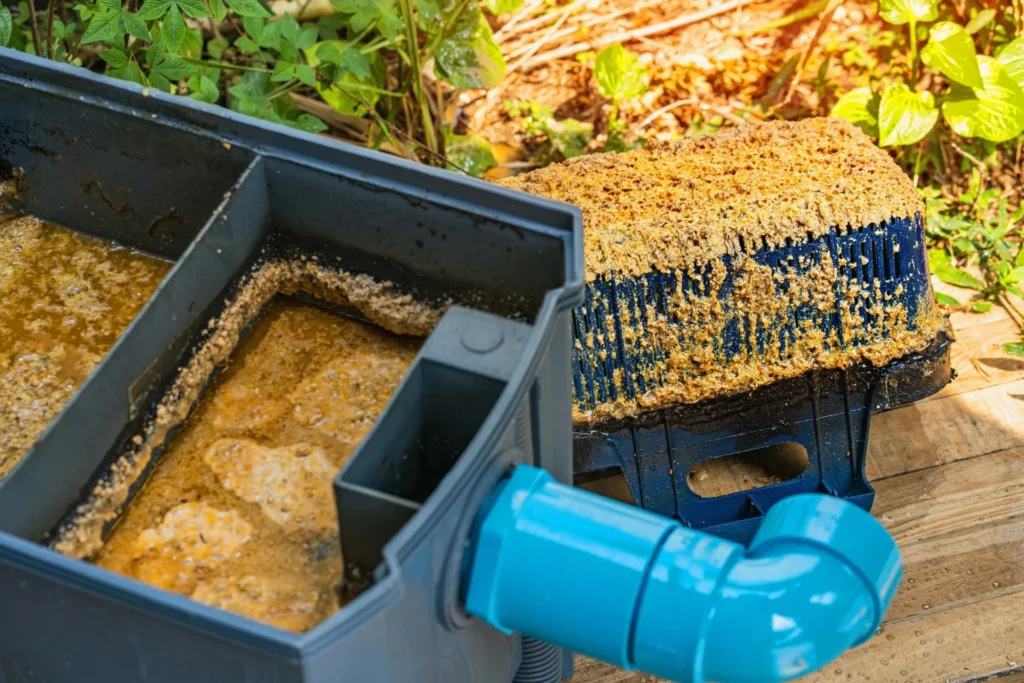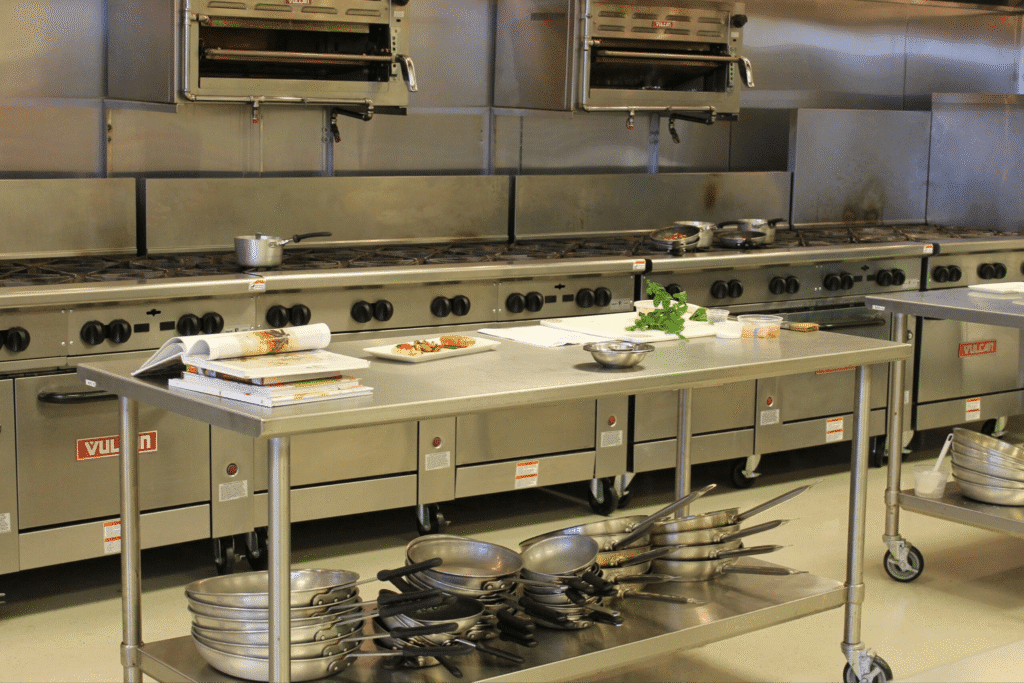How Much Does a Restaurant Grease Trap Cost? Costing Guide
Thinking about installing a grease trap for your restaurant? Knowing the costs upfront helps you budget smart and avoid surprises.
This guide breaks down what affects pricing and what you can expect to invest in keeping your kitchen running smoothly.
How much does a restaurant grease trap cost?
Costs range from $250 for small under-sink units to $7,500+ for large in-ground traps, plus $250–$5,000 installation and regular pumping fees.
Key Takeaways
- Grease trap cost depends on size, type, material, and installation complexity.
- Small under-sink traps cost $250–$1,500; larger floor or in-ground units $2,000–$7,500.
- Installation runs $250–$5,000, higher for in-ground systems.
- Regular pumping ($150–$500 every 1–3 months) is essential to avoid backups.
- Factor in plumbing, permits, and maintenance for total budget.
What Is a Grease Trap and Why Restaurants Need One

A grease trap is like a gatekeeper for your plumbing. It catches fats, oils, and grease (aka FOG) before they slip into your pipes and cause chaos.
Every time you rinse a dish or dump cooking scraps, that greasy mix tries to sneak down the drain. The trap slows the water flow, letting FOG float to the top and solids sink.
Without it? You’re one deep-fried weekend away from a clogged pipe and a pricey plumbing bill.
Restaurants pump out serious grease. That’s why most cities require traps by law. Even if they didn’t, skipping one’s just asking for drama.
Bottom line: a grease trap isn’t just smart—it’s non-negotiable if you want to keep your kitchen running and your wallet intact.
Factors That Affect Restaurant Grease Trap Costs
Grease trap prices aren’t one-size-fits-all. The first thing that drives cost? Size. A tiny café might get by with a 20-gallon unit. A busy diner? You’re looking at 1,000+ gallons.
Next up, the type. Above-ground traps are cheaper and easier to install. In-ground ones? More work, more money.
Material plays a role too. Stainless steel looks slick and lasts longer, but it’ll run higher than plastic or fiberglass.
Don’t forget install fees. If plumbers have to dig, reroute pipes, or play Tetris with your setup, expect the bill to climb.
Lastly, local codes can demand bigger units or added filters. That’s not just bureaucracy—it’s budget impact. Check before you buy.
Average Cost of Grease Traps by Type
Let’s talk numbers. Small under-sink grease traps run around $250 to $1,500. These are solid for cafes or food trucks—tight spaces, light grease loads.
Step it up to a floor unit or in-ground system, and you’re looking at $2,000 to $7,500. Bigger traps, more capacity, better flow for high-volume kitchens.
Automatic grease removal units (AGRU)? Those are the luxury models. They handle disposal on their own but come with a price tag—$5,000 to $15,000 depending on size and features.
Don’t just go for the cheapest option. A mismatched trap can backfire fast—think backups, fines, and bad Yelp reviews. Match the trap to your kitchen’s hustle, and you’ll save way more in the long run.
Installation Costs: What to Expect
Installing a restaurant grease trap usually runs between $250 and $5,000.
It depends on the size, where it’s going, and how tricky your plumbing is. In-ground systems cost more than under-sink ones—think digging, permits, and a bit of concrete drama.
Labour adds up fast too. If your spot’s in a busy city or tight space, expect a little extra.
Want to avoid surprise fees? Get a few local quotes before pulling the trigger.
Pro tip: Ask if the price includes the trap, labor, and hookup—or if it’s à la carte. You don’t want to budget for tacos and end up paying steakhouse prices.
Maintenance and Pumping Costs Over Time
Grease traps aren’t a one-and-done expense. You’ve got to clean them regularly or things get nasty—fast.
On average, pumping runs $150 to $500 per visit, depending on size and gunk level. Most spots need service every 1 to 3 months, especially if your kitchen’s in beast mode.
Skip cleanings? Expect backups, foul smells, and surprise repair bills. Not exactly the vibe for a Friday dinner rush.
Smart move? Set up a cleaning schedule with a reliable hauler and build those costs into your monthly ops. Think of it like oil changes for your kitchen—boring but crucial if you want it running smooth.
Hidden or Additional Costs to Consider
The price tag on a grease trap isn’t the whole story. You’ve got to factor in plumbing, permits, and regular cleanouts.
Miss those, and your budget could balloon fast. Repairs from poor installs? That’s another curveball.
Play it smart—ask for the full quote upfront and plan for maintenance. It’s not just a one-time drip.
How to Choose the Right Grease Trap for Your Restaurant

Start with size. A cramped unit will overflow faster than a brunch rush. Too big, and you’re overspending for no reason.
Look at your kitchen’s layout, the number of sinks, and how much grease you’re pumping out. Stainless steel models flex harder in busy spots, but plastic might do fine if you’re low volume.
Stick with something easy to clean. You’ll thank yourself at 2 a.m. after a double shift.
Frequently Asked Questions
1. How much does a grease trap cost for a restaurant?
Most units run between $300 and $3,000. Size and setup affect price.
2. Do I need a pro to install it?
Yep. Plumbing codes aren’t DIY-friendly, and fines aren’t cute.
3. How often should it be cleaned?
Plan on every 1–3 months. Sooner if your kitchen’s extra busy.
Conclusion
Grease traps aren’t cheap, but skipping one will cost you more in the long run. Plan for the install, budget for maintenance, and don’t cheap out on quality.
Think of it as your kitchen’s gatekeeper—quiet, messy, but absolutely necessary.
Pick the right size, get it cleaned on schedule, and you’ll keep your kitchen (and wallet) drama-free.
